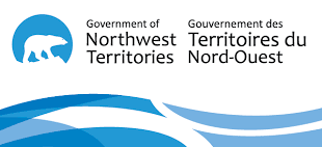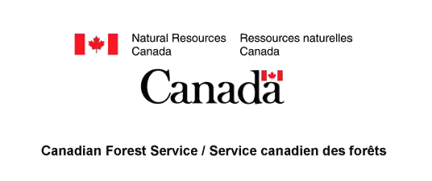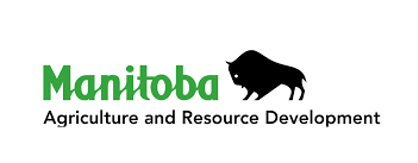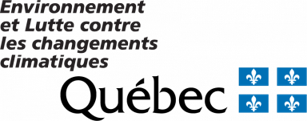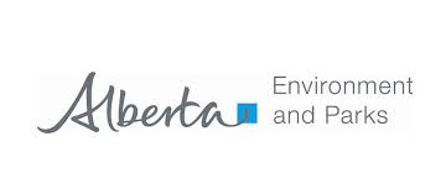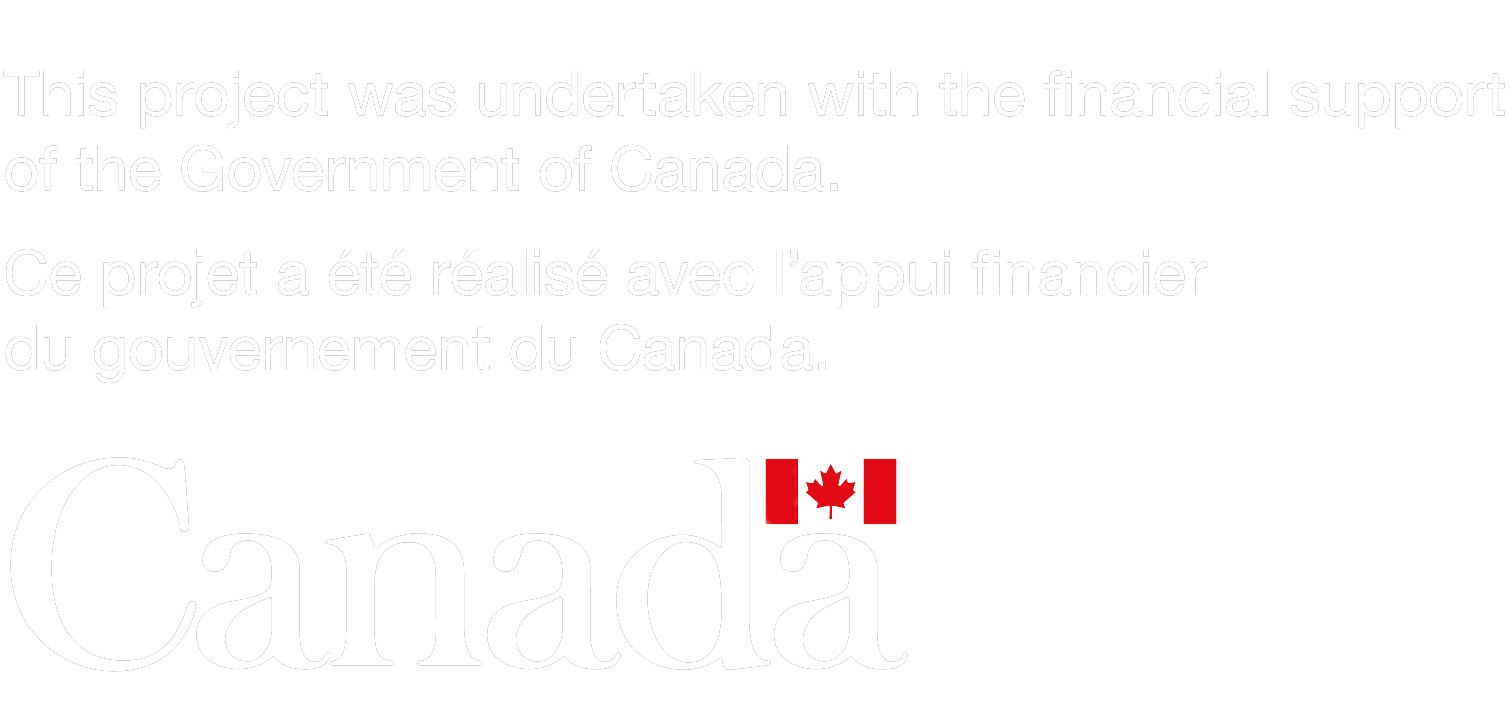Title: Predicted 21st Century Non-growing Season Net Ecosystem Exchanges of CO2 from the Mer Bleue Bog: Support Vector Regression Model Outputs for RCP2.6, RCP4.5 and RCP8.5
Citation: Rafat, A., Rezanezhad, F., Quinton, W., Humphreys, E., Webster, K., Van Cappellen, P. (2021). Predicted 21st Century Non-growing Season Net Ecosystem Exchanges of CO2 from the Mer Bleue Bog: Support Vector Regression Model Outputs for RCP2.6, RCP4.5 and RCP8.5. Federated Research Data Repository. https://doi.org/10.20383/102.0402
Study Site: Mer Bleue Bog; Ottawa, Canada
Purpose: The world’s cold regions are experiencing some of the fastest warming, especially during the winter and shoulder seasons. Recent studies have further highlighted the significance of carbon dioxide (CO2) emissions during the non-growing season (NGS) to the annual carbon (C) budgets of northern peatlands. Because of the positive feedback of soil microbial respiration to warming, even at sub-zero temperatures, a warmer NGS may be expected to alter the C balance of peatlands, which are estimated to store about one-third of global terrestrial organic C stocks. However, estimates of NGS net ecosystem CO2 exchange (NEE) of peatlands remain highly uncertain.
Abstract: In this study, we use a variable selection methodology and a global sensitivity analysis (GSA) to determine the most influential environmental variables affecting the NGS-NEE of CO2 in a temperate Canadian peatland (Mer Bleue Bog; Ottawa, Canada). A data-driven machine learning model is trained on a 13-year (1998-2010) continuous record of eddy covariance flux measurements at the site. The model successfully reproduces the observed NGS-NEE CO2 fluxes using only 7 variables: soil temperature, soil moisture, air temperature, wind direction and speed, net radiation, and upwelling photosynthetic photon flux density. Of these 7 input variables, NGS-NEE is most sensitive to changes in net radiation, likely through the latter’s strong linkages to variations in plant phenology and snow cover. We further predict how the future NGS-NEE of the Mer Bleue Bog will change under three climate scenarios (RCP2.6, RCP4.5, and RCP8.5). According to the projections, mean NEE during the NGS could increase by up to 103% by the end of the 21st century. Our results thus reinforce the urgent need for a comprehensive understanding of peatlands as evolving sources of atmospheric CO2 in a warming world.
Supplemental Information Summary:
Research: Water Institute
Further Info:
Status: Complete
Keywords:
carbon dioxide,
modeling,
Bog,
Non-growing season,
Machine learning,
Geographical coordinates: North: 45.3936, South: 45.3936 East: -75.5122 West: -75.5122
Bounding Temporal Extent: Start Date: , End
Date:


